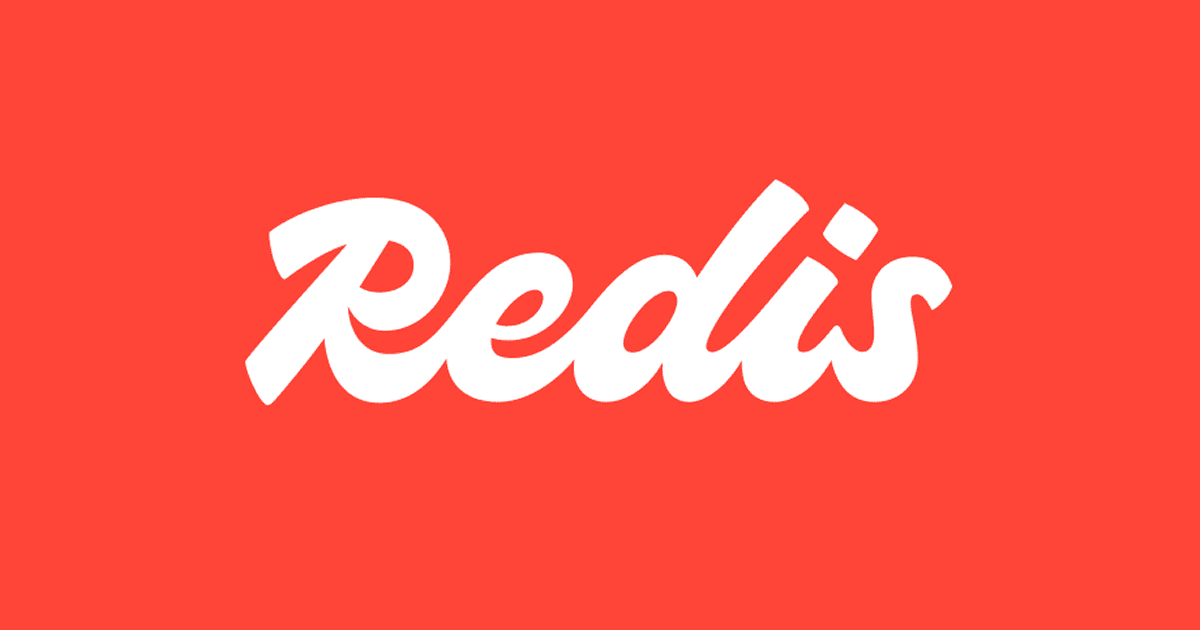When building web services with Dropwizard, integrating Redis can really boost performance—whether it's for caching, sessions, or messaging. In this guide, we'll walk through configuring Redis in Dropwizard:
- Local development using Docker and
config-dev.yml
- Production deployment on Kubernetes using
config-prod.yml and environment-based settings
- A minimal Maven setup with Dropwizard, Redis, and Kubernetes support
Ready? Let’s dive in!
1. Add Dependencies in pom.xml
Ensure your Maven project includes the necessary libraries:
<dependencies>
<!-- Dropwizard core -->
<dependency>
<groupId>io.dropwizard</groupId>
<artifactId>dropwizard-core</artifactId>
<version>${dropwizard.version}</version>
</dependency>
<!-- Redis client (Jedis) -->
<dependency>
<groupId>redis.clients</groupId>
<artifactId>jedis</artifactId>
<version>4.4.3</version>
</dependency>
<!-- Kubernetes client (optional for advanced integration) -->
<dependency>
<groupId>io.fabric8</groupId>
<artifactId>kubernetes-client</artifactId>
<version>${fabric8.version}</version>
</dependency>
</dependencies>
This setup gives you a Redis-capable Dropwizard application, with optional Kubernetes support.
2. Run Redis with Docker (Dev Mode)
Start a Redis server locally using Docker Compose. Create
docker-compose.yml:
version: '3'
services:
redis:
image: redis:7.0-alpine
ports:
- "6379:6379"
Run it with:
docker-compose up -d
Redis will now be available at
localhost:6379—ideal for development and testing.
3. Dropwizard Dev Configuration: config-dev.yml
Define Redis settings in a development config file:
server:
applicationConnectors:
- type: http
port: 8080
redis:
host: localhost
port: 6379
timeoutMs: 2000
Create a matching config class:
public class RedisConfig {
@JsonProperty public String host;
@JsonProperty public int port;
@JsonProperty public int timeoutMs;
}
Add it to your application config:
public class AppConfig extends Configuration {
@JsonProperty("redis")
public RedisConfig redis = new RedisConfig();
}
Initialize your Redis client in the
Application:
JedisPool pool = new JedisPool(new JedisPoolConfig(),
config.redis.host,
config.redis.port,
config.redis.timeoutMs
);
Run with:
java -jar target/myapp.jar server config-dev.yml
You’re now connected to local Redis.
4. Prepare for Kubernetes Production
In production, configurations should come from Kubernetes Secrets and ConfigMaps.
Run these commands:
kubectl create configmap redis-config \
--from-literal=REDIS_HOST=redis-service \
--from-literal=REDIS_PORT=6379
kubectl create secret generic redis-secret \
--from-literal=REDIS_TIMEOUT_MS=2000
This stores your Redis endpoint and timeout for later injection.
5. Production Config: config-prod.yml
Create a config file that reads environment variables:
server:
applicationConnectors:
- type: http
port: 8080
redis:
host: ${REDIS_HOST}
port: ${REDIS_PORT}
timeoutMs: ${REDIS_TIMEOUT_MS}
Dropwizard will handle variable substitution automatically.
6. Kubernetes Deployment Snippet
Inject the configuration into your app’s container spec:
env:
- name: REDIS_HOST
valueFrom:
configMapKeyRef:
name: redis-config
key: REDIS_HOST
- name: REDIS_PORT
valueFrom:
configMapKeyRef:
name: redis-config
key: REDIS_PORT
- name: REDIS_TIMEOUT_MS
valueFrom:
secretKeyRef:
name: redis-secret
key: REDIS_TIMEOUT_MS
Launch with:
java -jar myapp.jar server config-prod.yml
Now your app will use the production-grade Redis setup in Kubernetes.
7. Quick Redis Usage in Code
Example health check endpoint using Redis:
@GET
@Path("/cache/{key}")
public String getCache(@PathParam("key") String key) {
try (Jedis jedis = pool.getResource()) {
return Key + "=" + jedis.get(key);
}
}
This simple method shows how easy it is to work with Redis once your connection is configured.
Why This Setup Works
- Fast iteration locally with Docker and simple YAML configs
- Production safety—no hardcoded values, all secrets managed through Kubernetes
- Separation of concerns—dev config stays in
config-dev.yml, prod config in config-prod.yml
- Scalability and security—environment variables make the application ready for container orchestration
By combining Docker, Kubernetes, and Dropwizard's YAML config support, you get a scalable, secure Redis configuration that’s easy to manage across environments. Whether you're caching sessions or building real-time features, this setup ensures reliability and maintainability from local development to live deployment.







image quote pre code